Joined: Aug 2017 Posts: 809 Threads: 72
Reputation:
9
I'm quite keen to learn some silver soldering techniques but there doesn't seem to be much on YouTube that's relevant to my needs. Does anyone have any advice on the type of torch, helpful suppliers of solder etc. and any other useful resources for a complete novice? I have an incomplete old brass radiator shell which will give me plenty of scope for mistakes.
Thanks in advance.
Peter.
Joined: Aug 2017 Posts: 3,247 Threads: 360
Reputation:
16
Car type:
I'm at the same stage, and have just assembled kit, with my first project being making a new head outlet from copper pipe and brass plate.
55% silver rods are lower temp than 30%, but more expensive.
Get some flux as well, (and you have option of fluxed rods so you wont need to dip the rod in each time)
I'm going to try using a camping gas cylinder type propane gun.
bricks and a bit of fake asbestos atop (or the other way round) as the items need to be red hot.
I was advised that it isn't hard, so will be interested in the replies you get here!
Joined: May 2018 Posts: 1,916 Threads: 102
Reputation:
20
Location: Llandrindod Wells
Car type: 29 Special, 30 RK, 28 C Cab
Hi Peter
I use a “Portapak” oxy/Mapp set. I bought it from the Welders Warehouse but I think they are available from many suppliers. I don’t think you’ll have that much success using just propane.
I also use fluxed rods as I had problems using flux paste, however the secret (if there is one) is to ensure everything is very clean!
Good luck
Cheers
Howard
Joined: Aug 2017 Posts: 497 Threads: 13
Reputation:
8
I am not an expert Peter but I have used silver solder quite a lot.
My experience suggests that you need to work very quickly, it is rather like brazing.
It is very rewarding to use and not difficult, the rods however are unsurprisingly expensive.
Oxcy/Acetylene using a very small jet seems to give you best control, silver rods with flux already on seem the easiest to use.
Spreading heat over a large area gives poor control so a blowlamp is not the way to go as you create to much distortion.
With something like a rad cowl a number 1 jet is the way to go with a balanced flame and keeping the heat local.
I am sure you will get advice from real experts that know better than I
Joined: Nov 2017 Posts: 555 Threads: 54
Reputation:
7
Location: West Yorkshire
Car type: Type 65 1934 + RP 1932
06-06-2020, 10:46 PM
(This post was last modified: 07-06-2020, 06:36 PM by Colin Wilks.)
I wanted to solder up the core plugs top and bottom of my king pins and was recommended Bakers No 3 soldering fluid. Absolute cleanliness and this stuff seemed to help the solder flow very well. Prior to that I had managed the usual amateur's trick of blobs of solder everywhere except where you want it. It is corrosive so you need to wash off any excess.
P.S. Thanks to Derek in the following post for pointing that out. I had the wrong end of stick I'm afraid.
Joined: Aug 2017 Posts: 532 Threads: 46
Reputation:
5
Location: Oakley, Hants, UK
Car type: 1929 AD Tourer, 1930 Rosengart LR2, Rosengart LR4 Van 1938 APE Tourer (Opal)
07-06-2020, 07:04 AM
(This post was last modified: 07-06-2020, 07:16 AM by Derek Sheldon.)
Colin , that is soft or lead soldering . Good advice .
, wrong procedure.
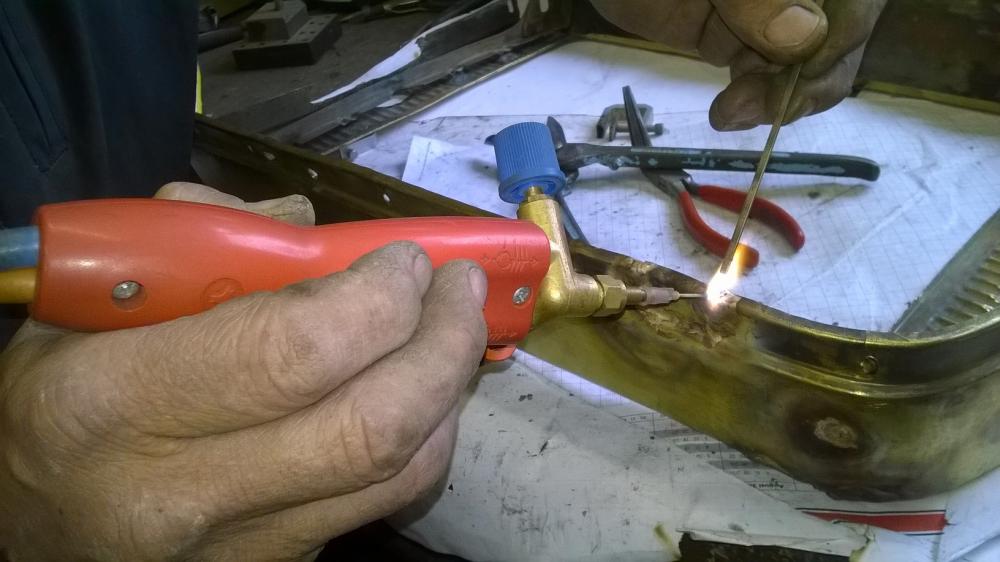
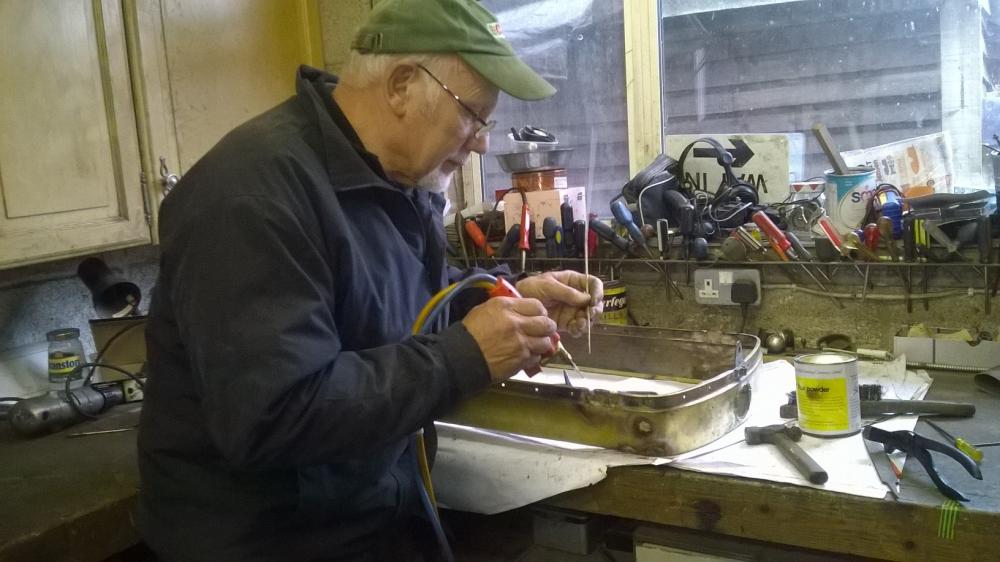
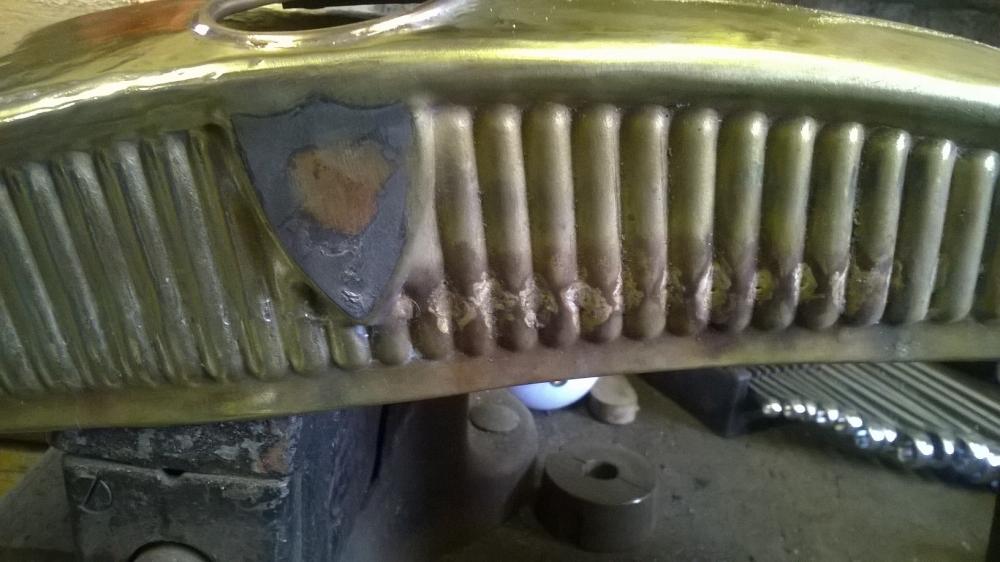
I have used the Turbo set 90 ( found on EBay £111) successfully for several years , a workshop must as far as I am concerned. As previously stated , fluxed rods are preferable for most jobs , thinner none fluxed with a tin of flux powder can be of use for minute jobs. My turbo set came with what is effectively hypodermic syringes as welding tips, one shown on attached photo. There are also a range of larger brass tips for larger jobs.
As I say I have used this kit for all manner of uses and couldn’t do without it.
Happy to talk directly to anybody who would like further advice, see number at back of grey mag
I am always interested in any information about Rosengart details or current owners.
Joined: Aug 2017 Posts: 3,247 Threads: 360
Reputation:
16
Car type:
Derek, looking at that kit, what is the difference with bringing oxygen into the mix? (as opposed to MAPP gas which is just one cannister) I can see that gets a lot hotter... presumably so you can put less "in", at a higher energy density?
Joined: Aug 2017 Posts: 532 Threads: 46
Reputation:
5
Location: Oakley, Hants, UK
Car type: 1929 AD Tourer, 1930 Rosengart LR2, Rosengart LR4 Van 1938 APE Tourer (Opal)
07-06-2020, 08:57 AM
(This post was last modified: 07-06-2020, 09:04 AM by Derek Sheldon.)
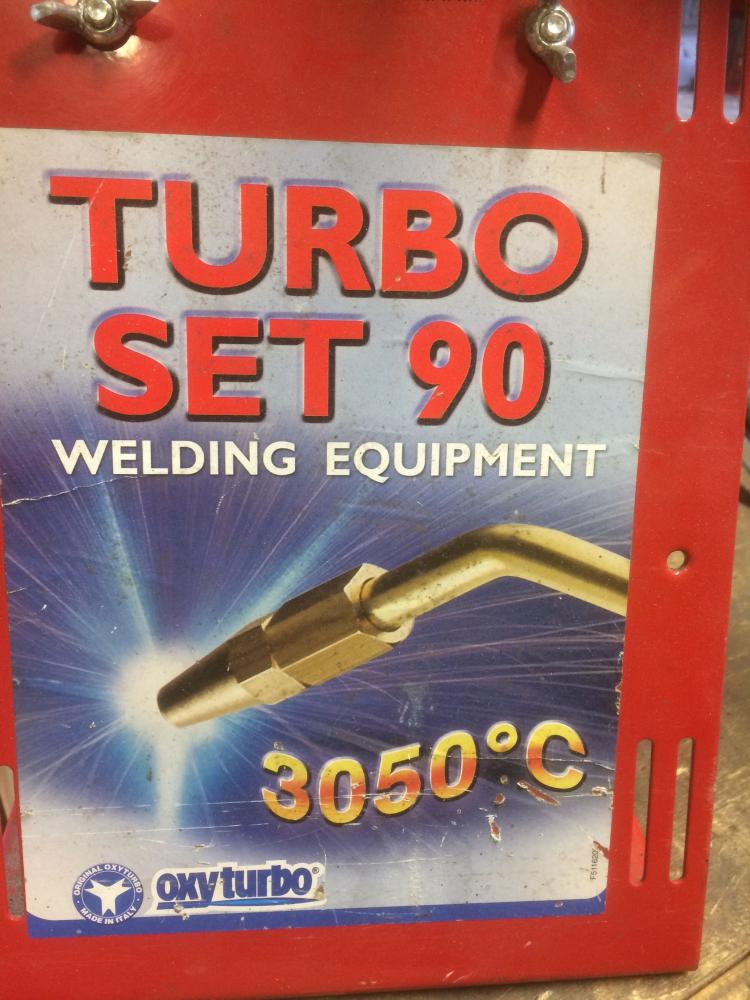
ad you can see from the photo this system has a very high heat range. The oxygen is the big contributing factor. The main benefit is that you can get intense heat from a flame not much larger than a needle, this helps greatly with metal distortion . The heat is there directly and doesn’t have time to spread into the workpiece .
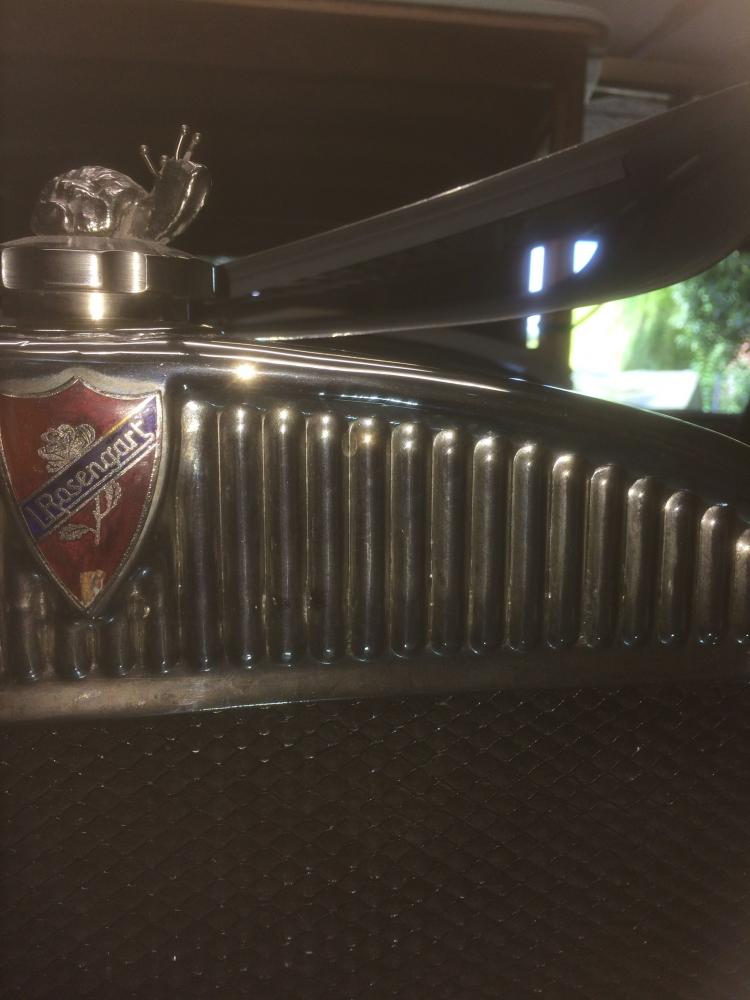
same area post repair and plating
I am always interested in any information about Rosengart details or current owners.
Joined: Aug 2017 Posts: 741 Threads: 8
Reputation:
11
Location: N W Kent
I do quite a lot of silver soldering in my workshop CuP alloys are a good place to buy the consumable stuff as already said.
For bigger work I use my Oxy Acetylene kit. But for smaller jobs like putting brass nipples onto copper oil or fuel lines, a MAPP blowlamp works perfectly well and is capable of providing enough temperature even for some of the higher temperature Silver solders. For ordinary work, just use the standard flux -EF flux (AKA easi flo) , but for larger parts it's best to use the HT5 (AKA Tenacity) flux, it withstands extended heating times without burning up.





